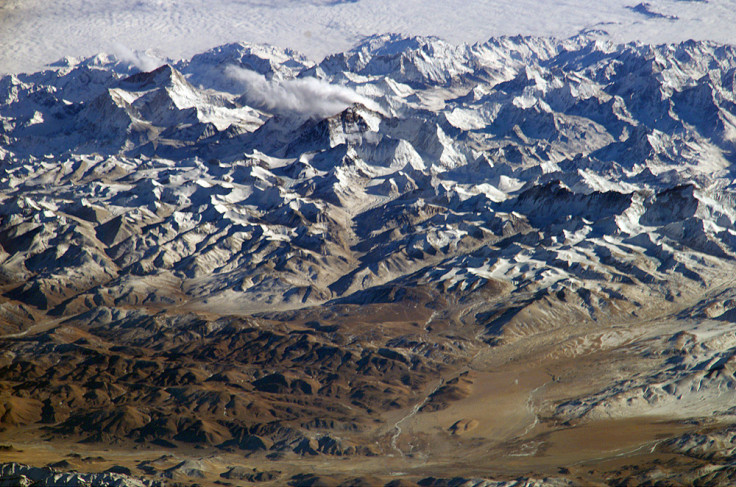India sped from supercontinent Gondwana to Eurasia through 'lucky' double subduction

India sped towards Eurasia after spilling from supercontinent Gondwana thanks to a double subduction, MIT scientists have discovered.
India began splitting from Gondwana about 120 million years ago, moving at a pace of about 4cm per year. However, 40 million years later it suddenly tripled in speed, racing towards Eurasia at 15cm per year.
The landmass drifted across the Tethys Ocean, which separated Gondwana and Eurasia, before it it finally collided with Eurasia 50 million years ago, an impact that gave rise to the Himalayas.
What caused this quickening pace has long baffled scientists but researchers have now found it was pulled north through a combination of two subduction zones – where the edge of one tectonic plate sinks under another.
When one plate sinks, it pulls any connected landmass with it. Having two sinking plates would have doubled the velocity of India's drift. Published in the journal Nature Geoscience, researchers found relics of two ancient subduction zones by analysing rocks from the Himalaya region.
The team created a model to show a double subduction system and found this sort of system would likely have caused India to drift at a faster rate.
Leigh Royden, one of the study authors, said: "When you look at simulations of Gondwana breaking up, the plates kind of start to move, and then India comes slowly off of Antarctica, and suddenly it just zooms across -- it's very dramatic."
"In earth science, it's hard to be completely sure of anything. But there are so many pieces of evidence that all fit together here that we're pretty convinced.
Previously, scientists had suggested India's speedy route to Eurasia was the result of a plume of magma from Earth's mantle, which created a volcanic jet that caused India to "surf" across the ocean at a high speed.
However, the MIT researchers found any volcanic activity would only have lasted for five million years at most – not enough time to account for the 30 million years of high-speed drift.
Their findings suggest that there were two subductions – one carrying India then a second in the middle of the Tethys Ocean. Oliver Jagoutz, another study author, said: "It's a lucky coincidence of events."
© Copyright IBTimes 2025. All rights reserved.






















